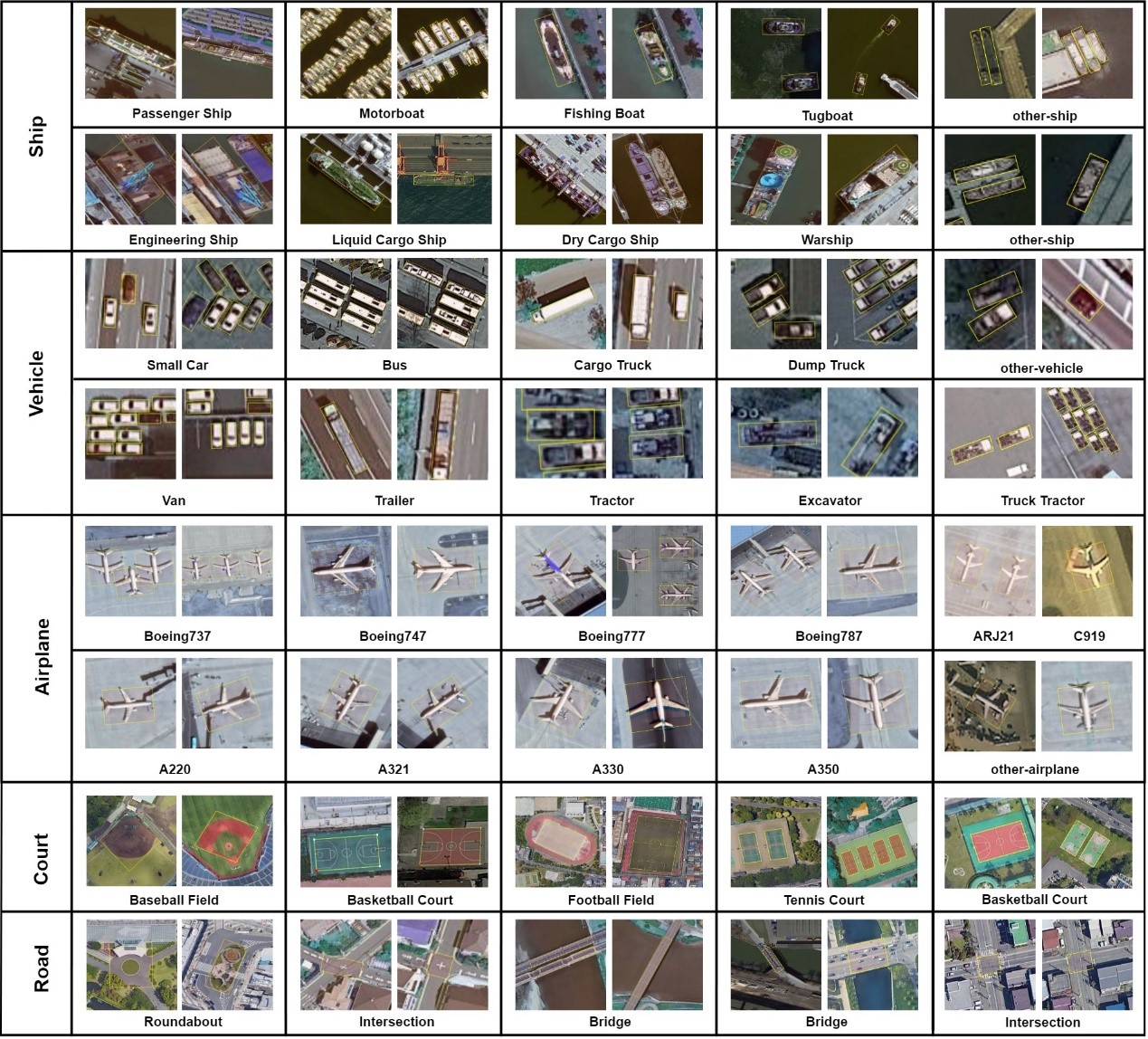China Releases Benchmark Dataset for Millions of Fine-grained Object Recognition in High-Resolution Remote Sensing Imagery
A high-resolution satellite imaging dataset containing millions of fine-grained objects (FAIR1M) has been launched to promote the development of remote sensing image interpretation technology, according to the Aerospace Information Research Institute (AIR), Chinese Academy of Sciences (CAS).
The FAIR1M dataset provides a benchmark for effective evaluation and comparison of object detection and recognition in high-resolution satellite images.
There are more than one million instances and more than 15,000 images in this dataset among which over 80 percent of the images are collected from the Chinese GF Earth observation satellites. The scenes cover hundreds of common airports, ports, cities and towns around the world.
FAIR1M provides richer fine-grained category information for objects in remote sensing images. For example, it provides the specific type of the airplane as Boeing 737 or Boeing 747. All objects in the dataset are annotated with respect to 5 categories and 37 sub-categories by oriented bounding boxes. Each image is of the size in the range from 1000 × 1000 to 10,000 × 10,000 pixels and contains objects exhibiting a wide variety of scales, orientations, and shapes.
Prof. FU Kun, a lead scientist of the FAIR1M project said that the FAIR1M dataset can be used by professionals engaged in geographic information, image processing, remote sensing surveying and mapping, artificial intelligence and other related fields.
Supported by the Major Project of China High-resolution Earth Observation System and ISPRS Scientific Initiatives 2021, the datasets are available from this website. Also, the corresponding paper has been posted on arxiv.org.
The test and leaderboard service of FAIR1M will be open to the international community in June, and the International Society for Photogrammetry and Remote Sensing has chosen it as a standard database to evaluate performance of object detection algorithms, according to the society’s website.

Examples of Annotated Images.



News & Events